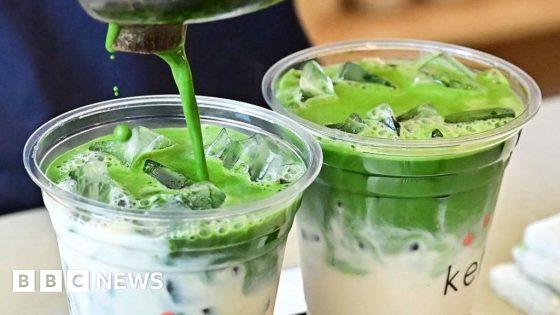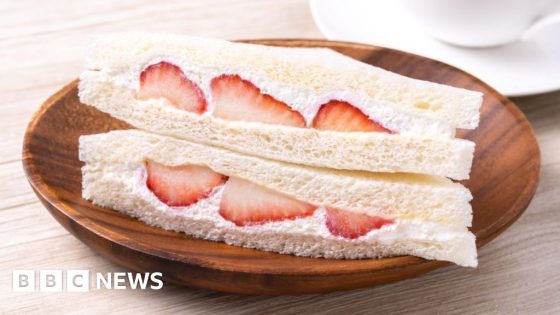The global matcha craze is captivating tea lovers and food enthusiasts alike. This vibrant green Japanese tea has transcended borders, appearing in everything from Starbucks lattes in the UK to Krispy Kreme doughnuts in Singapore. As of 2025-07-26 02:41:00, the demand for matcha continues to soar, driven largely by social media influencers sharing brewing tips and recipes.
- Matcha's popularity driven by social media.
- Demand surges amid post-pandemic tourism boom.
- Supply issues caused by climate and tariffs.
- Mindful consumption movement encourages respect.
- High-grade matcha better suited for pure enjoyment.
- Future price stabilization expected in a few years.
With Japan experiencing a post-pandemic tourism boom, the weak yen has made the country an attractive destination, further fueling interest in its traditional goods. However, this rising popularity comes with challenges, as suppliers struggle to keep up with demand amid climate-related crop issues and tariffs imposed by the U.S.
As matcha gains traction globally, one must consider its implications for various markets. Will the allure of this ancient beverage continue to thrive, or will rising costs deter new consumers? Key points include:
- Social media is a significant driver of matcha’s popularity, especially among younger consumers.
- Supply chain disruptions due to climate change are affecting availability and prices.
- International tariffs may further complicate the import of matcha, impacting global markets.
- Mindful consumption is being promoted to preserve the quality and tradition of matcha.
As the matcha phenomenon evolves, consumers and businesses alike must adapt to the changing landscape. Will this trend lead to a deeper appreciation of Japanese culture, or will it become a fleeting fad? Only time will tell.































